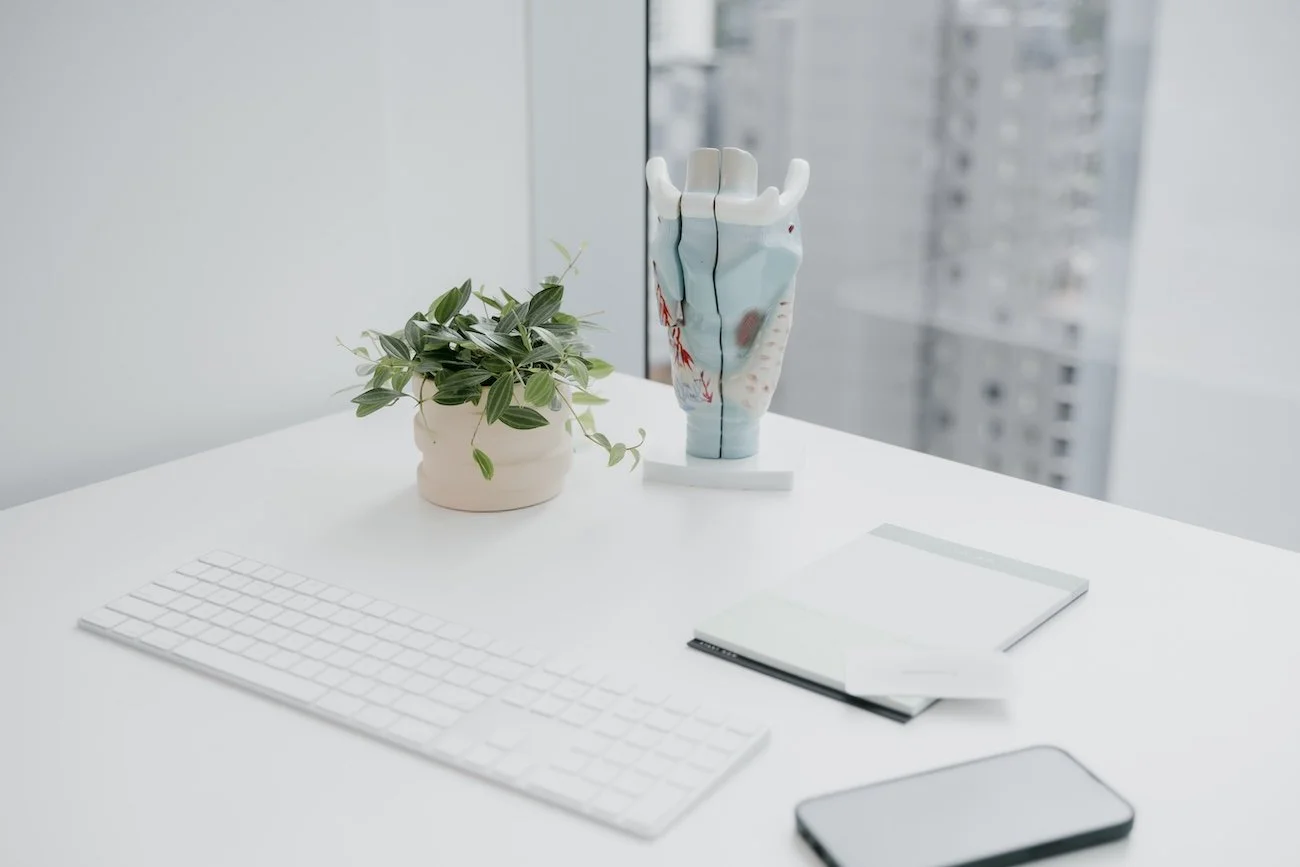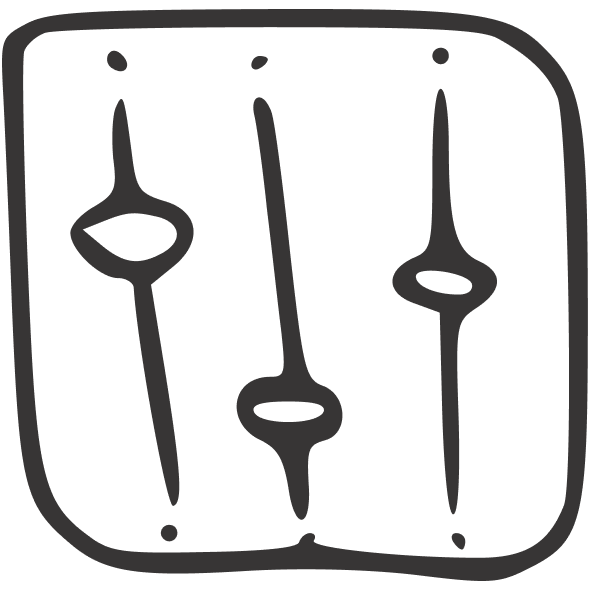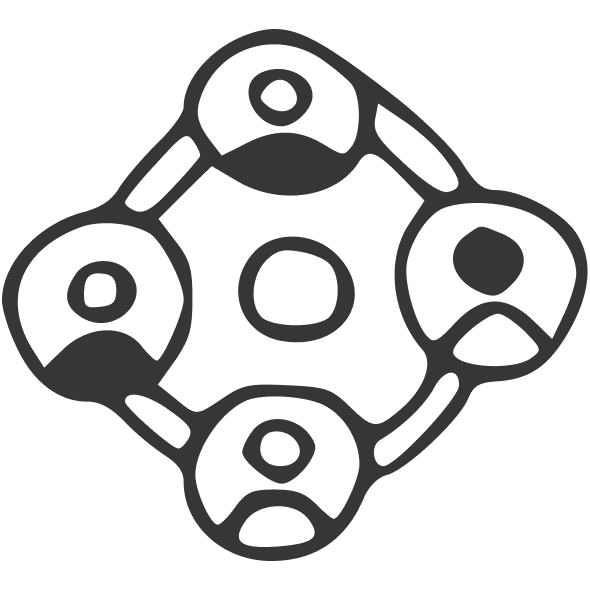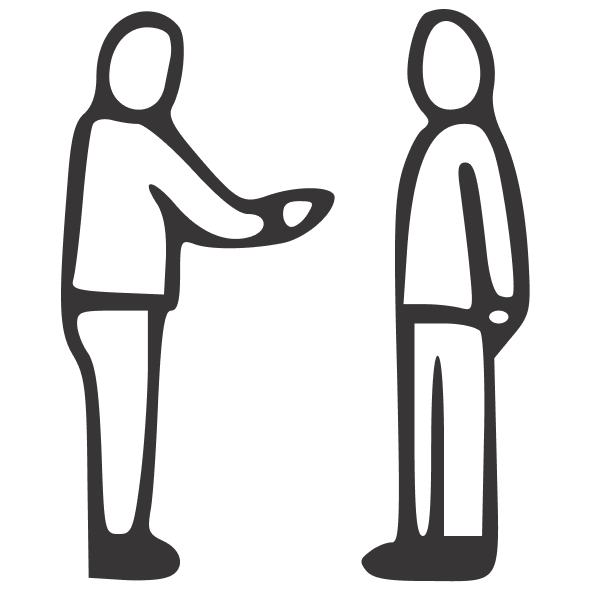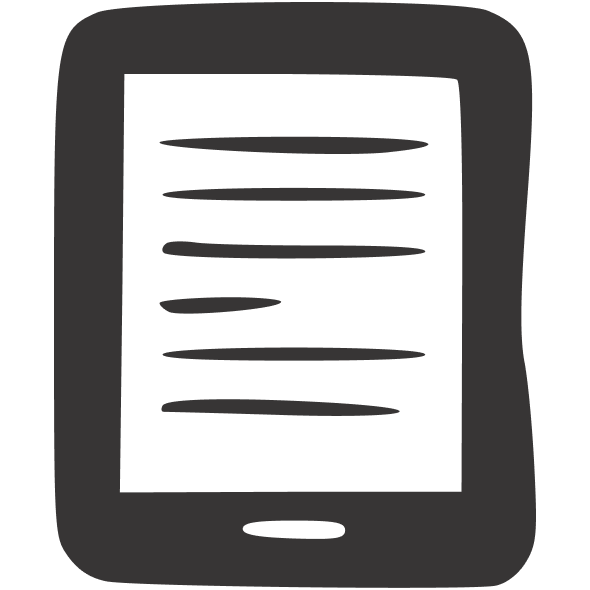AAC Devices & Alternate Communication
We support children and adults who are non-speaking or minimally speaking to express themselves using AAC — including visuals, signs, or communication devices.
Who this is for?
Are non-speaking or have limited spoken language
We help children and adults who do not use speech, or use very few words, find reliable ways to express themselves.
Have a condition or disability that impacts speech and articulation
We work with people with conditions like autism, cerebral palsy, Down syndrome, apraxia, or acquired brain injury who may benefit from alternate forms of communication.
Speak sometimes but need support in certain settings
Some people speak at home but find it hard to communicate at school, in public, or when anxious or overstimulated.
Are trialling or already using a device or visual system
Whether you're exploring options for communication devices or already have a system like a PODD book, Proloquo2Go, or LAMP, we can help with trials, customisation and implementation.
Use behaviour or gesture to communicate
Some people rely on pointing, leading by the hand, gestures, or behaviours to communicate. Speech Pathologists can help those who rely on others to interpret their actions accurately, and they need strategies to extend their communication capacity.
How can we help?
AAC assessment and recommendations
Identifying what kind of system (low-tech or high-tech) fits the person’s needs, preferences, and environment.
System setup and customisation
Programming or personalising devices, visuals, or communication books to match real-life routines and vocabulary.
Building expressive and functional language
Helping users go beyond requests — to share ideas, protest, joke, and connect with others.
Teaching and modelling AAC use
Coaching families, educators, and support workers to model communication and make AAC part of daily life.
Device and access training
Supporting motor or sensory needs, and working with access tools like switches, eye-gaze, or touchscreens.
Problem-solving and updates
Adjusting systems as needs change, ensuring the AAC user continues to grow in confidence and independence.
How we work?
1
Initial consultation
We learn about the person’s current communication, strengths, and daily routines.
2
AAC trial or evaluation
We test different systems or visuals (where needed) and observe how the person responds.
3
System setup and support
We guide you through choosing, setting up, and starting with your AAC system.
4
Ongoing therapy and coaching
We offer regular sessions to build language skills and help families model AAC across everyday activities.
Learn more about Assessments . Therapy . Telehealth . Community Visit

